


Many circuits require a voltage supply that is constant and unchanging and such circuits would include radios, calculators, computers, monitors, phones, and even cars. Batteries are a good source of constant voltage but since they are usually limited in size, weight, and power capacity the mains electricity is often used. But this source of electricity is constantly changing as it is AC (alternating current), which is not suitable for DC (direct current) circuits. Therefore, an AC-DC converter is needed to convert the alternating current into a direct current! This kit will not only do this but will also regulate this converted DC source so that it outputs a smooth constant 5V which can be used to power many projects.
The AC-DC converter consists of two stages
- Rectification
- 5V Linear Regulation Input Rectification
The input is rectified via D2, D3, D4 and D5. These diodes are Schottky which reduces the voltage dropped by this stage. The typical forward voltage for a Schottky is 0.3V and with two Schottky diodes in series at any one time (D3 and D2 pair or D1 and D4 pair), the typical voltage drop would be 0.6V.
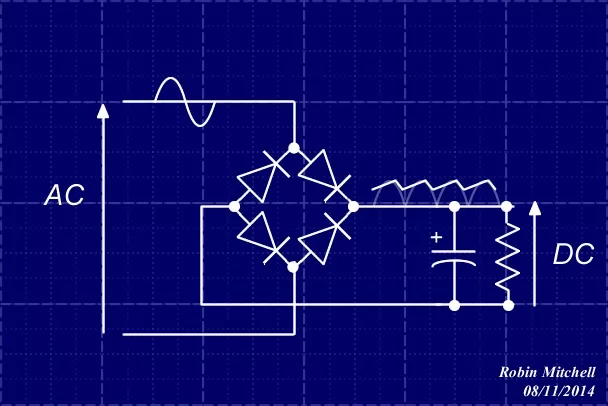
- D3 and D4 would be forward-biased
- Current enters J1 and flows through D3
- This current goes around the circuit (regulator, IC etc)
- The return path (ground), goes back to the rectifier and through D4
- The current returns to the original power source through J2
- D2 and D5 would be forward biased
- Current enters J2 and flows through D5
- This current goes around the circuit (regulator, IC etc)
- The return path (ground), goes back to the rectifier and through D2
- The current returns to the original power source through J1
While the converted AC voltage source looks like a sine wave with both positive and negative peaks the resultant DC conversion looks like lots of positive bumps shown below. This cannot be used to power circuits and requires further processing to create a solid unchanging voltage.

The first step is to convert the large DC bumps from the full wave rectifier into more consistent smaller bumps. This is done using smoothing capacitors C1 and C2 which store energy during the peaks of the DC bumps and then discharge this energy back into the circuit during the dips of the DC bumps.
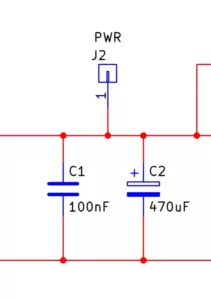
But this voltage will be greater than 7V on average (since this circuit has a minimum input voltage of +- 5V), and is too large to feed into common circuits. The smoothed voltage will also be slightly bumpy which will cause issues with many circuits and so it requires regulation before it can be used. To do this we use the 7805 regulator which converts the now slightly wobbly voltage into a very smooth 5V.
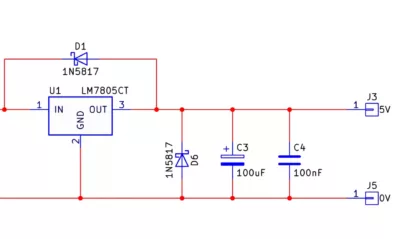
| Component | PCB Reference | Quantity | Looks Like |
|---|---|---|---|
| 7805 5V Regulator | U1 | 1 | 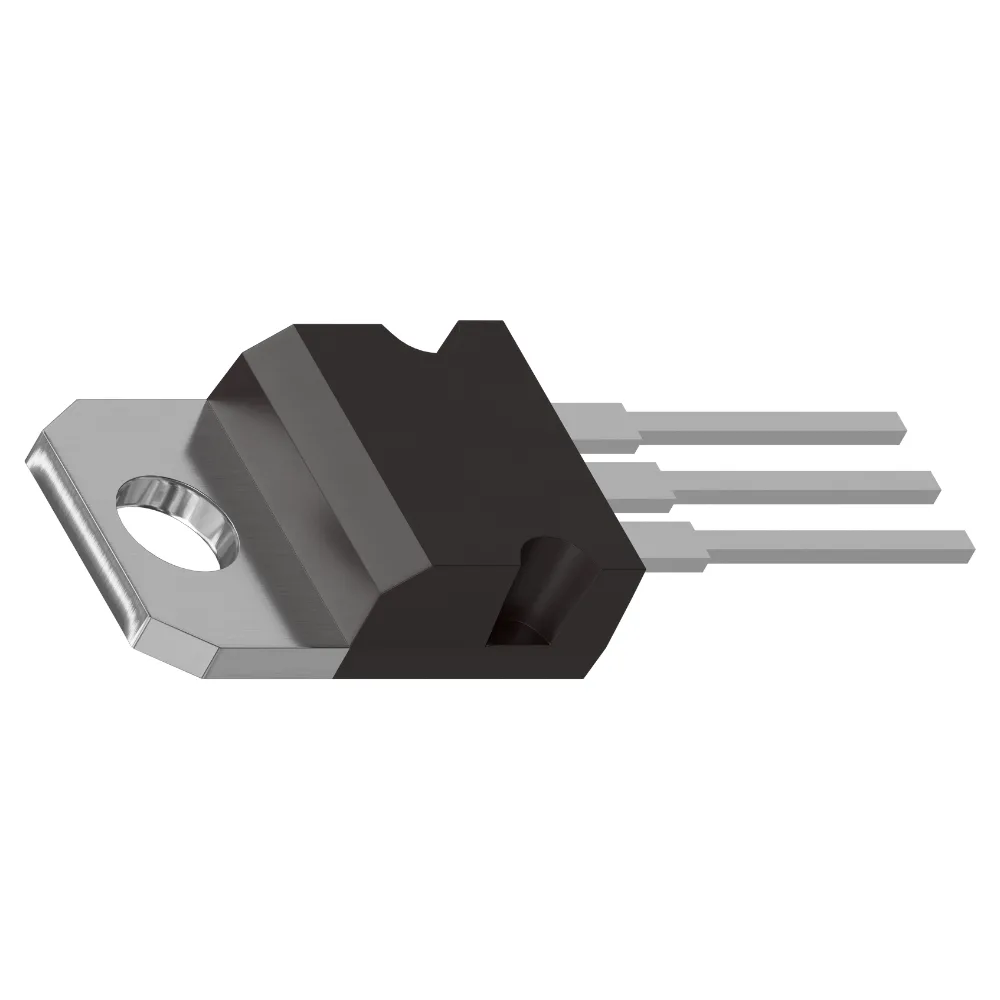 |
| 1N5817 Diode | D1, D2, D3, D4, D5, D6 | 6 | 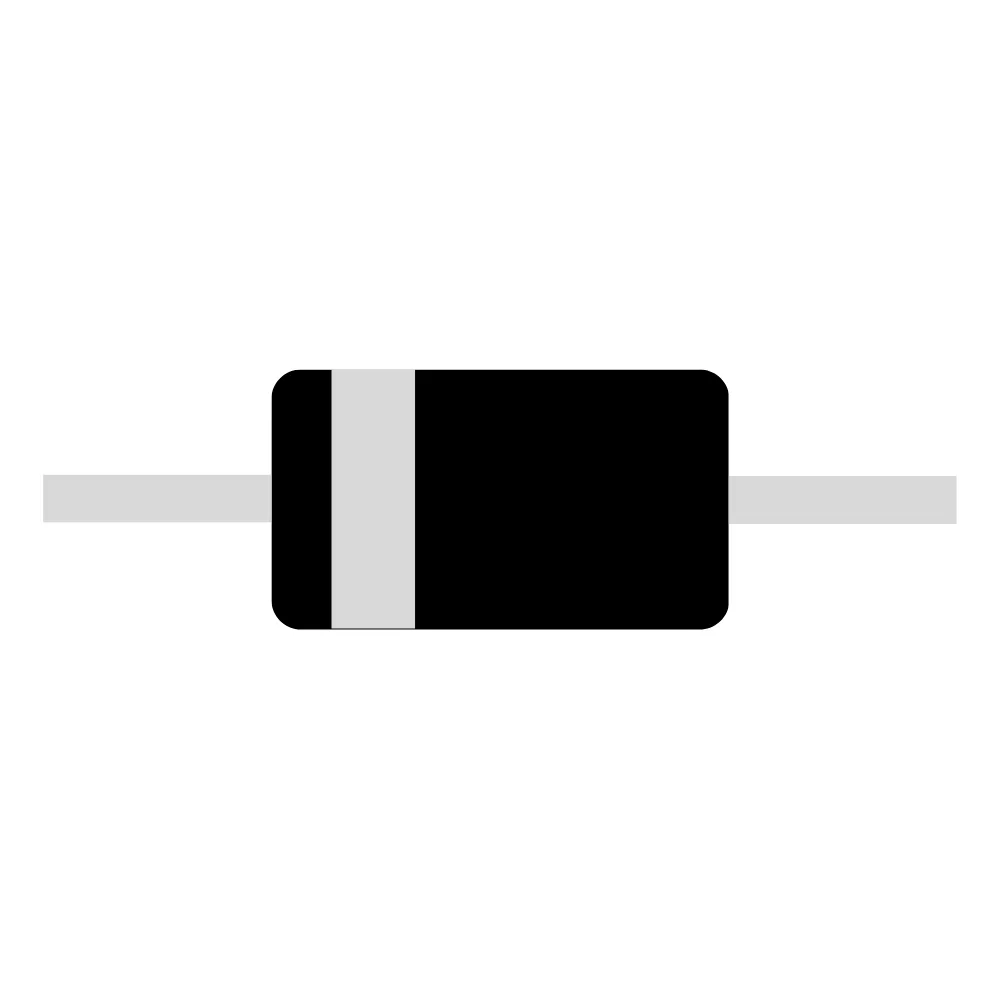 |
| 100nF Ceramic Disc Capacitor | C1, C4 | 2 |  |
| 100uF Electrolytic Capacitor | C3 | 1 | 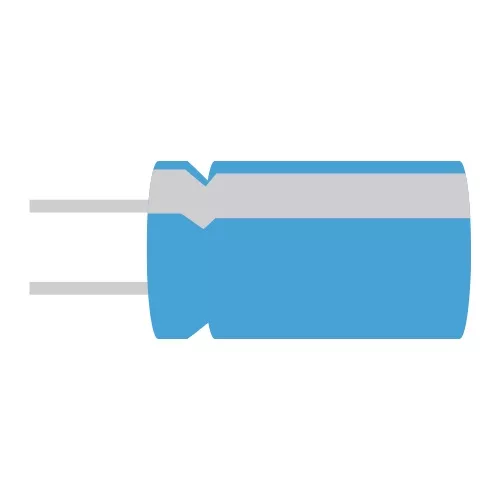 |
| 470uF Electrolytic Capacitor | C2 | 1 | 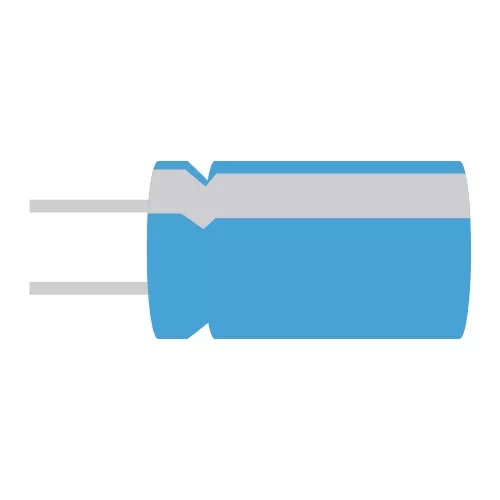 |
| Red Wire | 5V | 1 | 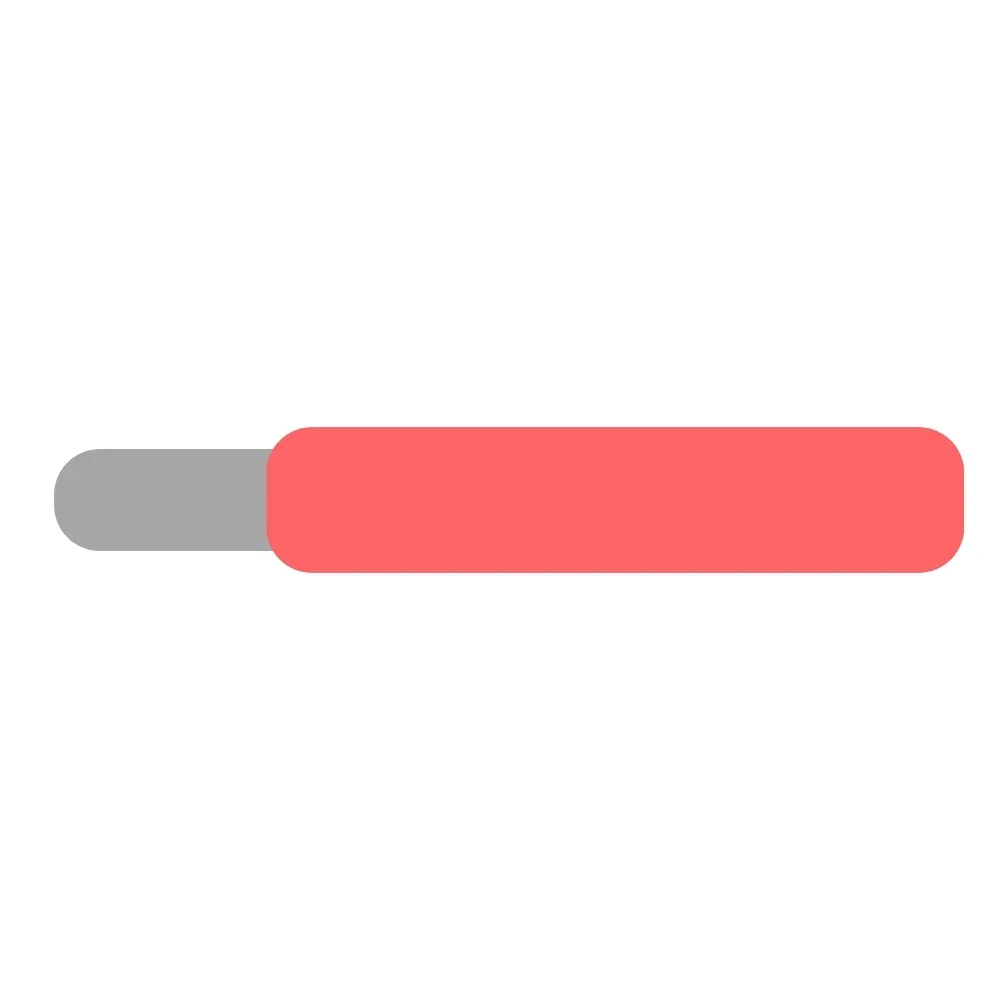 |
| Red Wire | AC IN | 2 |  |
| Black Wire | 0V | 1 | 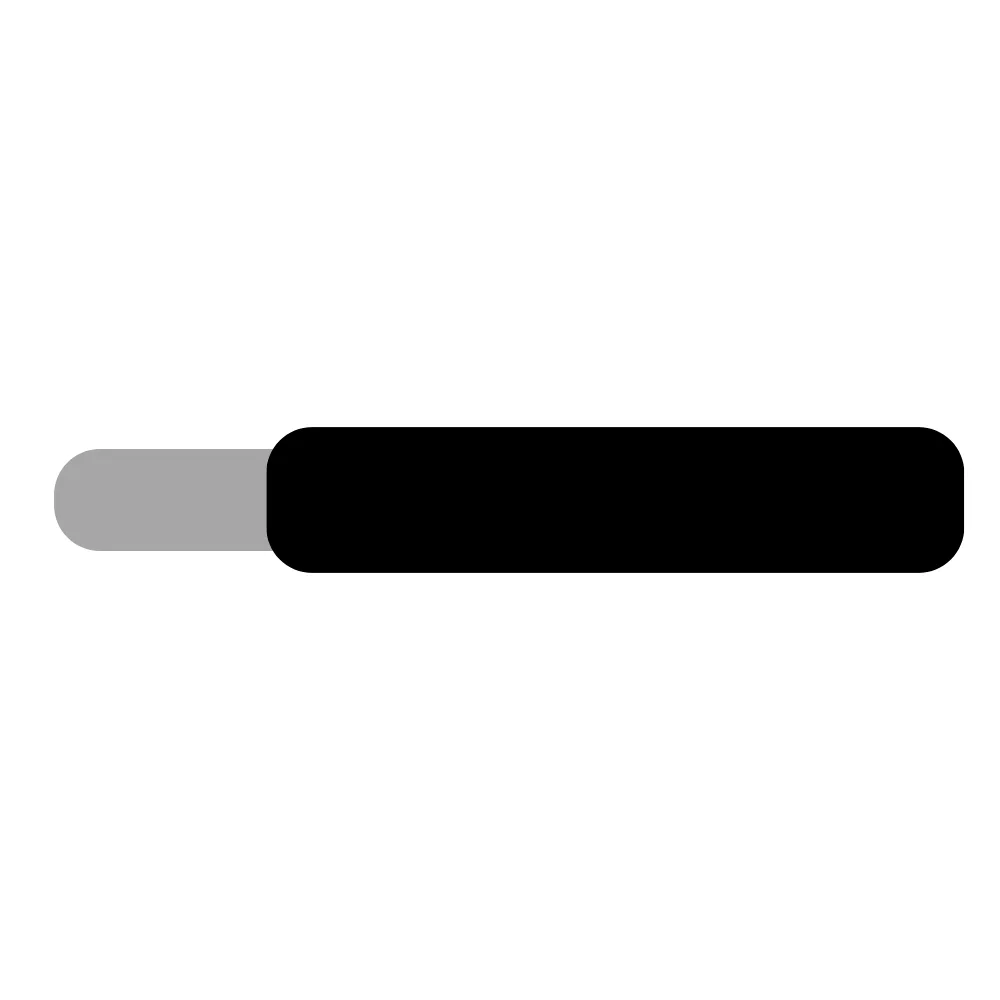 |
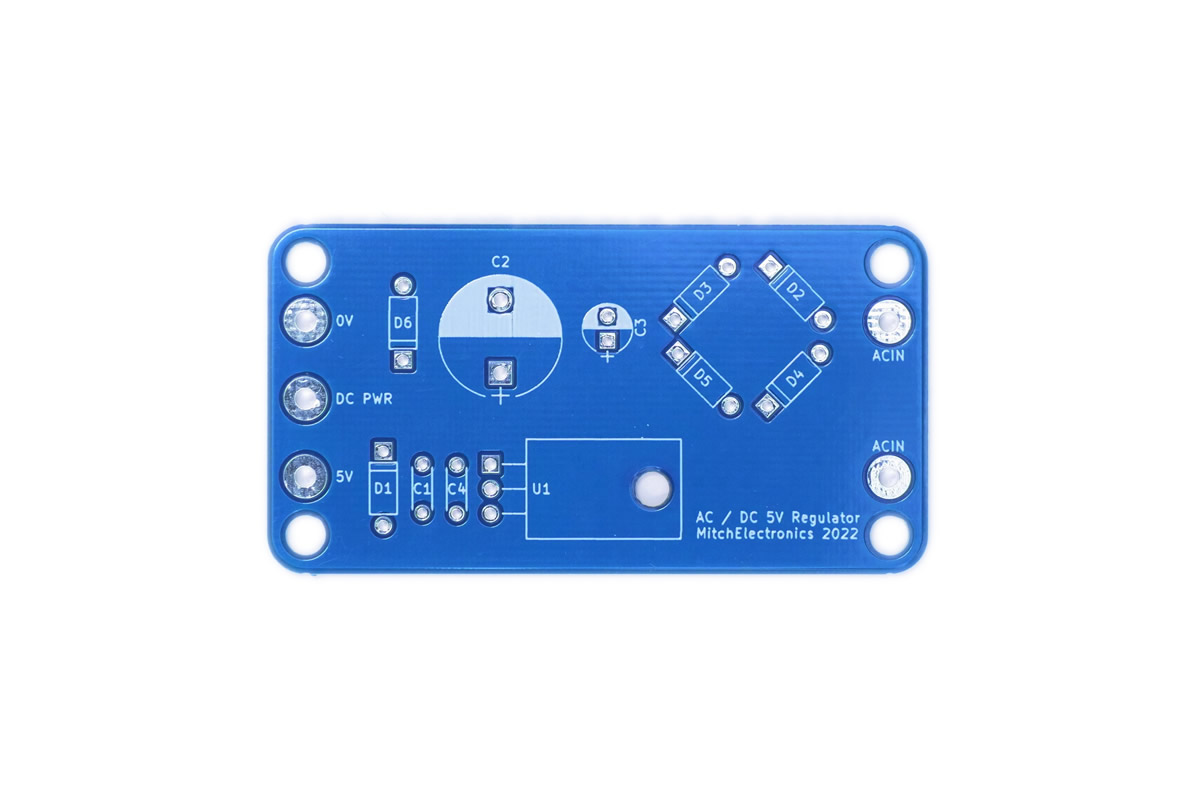
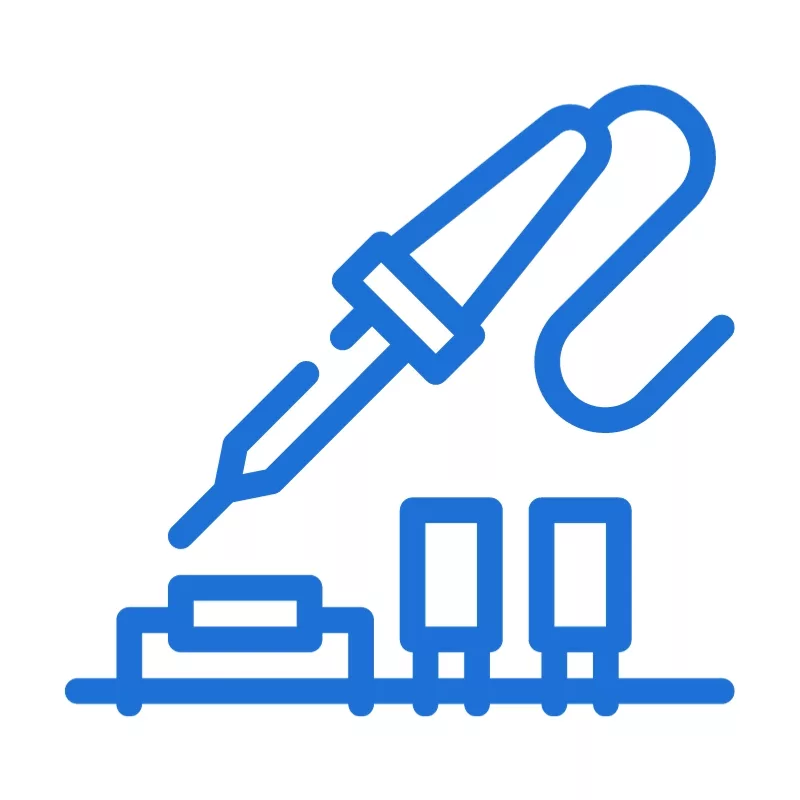
To learn more about how to solder electronic components, download the Electronics Construction Manual free using the button below
Electronics Construction Manual
When soldering components, it is essential that you do so in a particular order, so that it is easy to add components and get to their legs. Generally, you always start with the smaller components (such as resistors and capacitors), before moving onto the larget parts (potentiometers and ICs).
Soldering Guide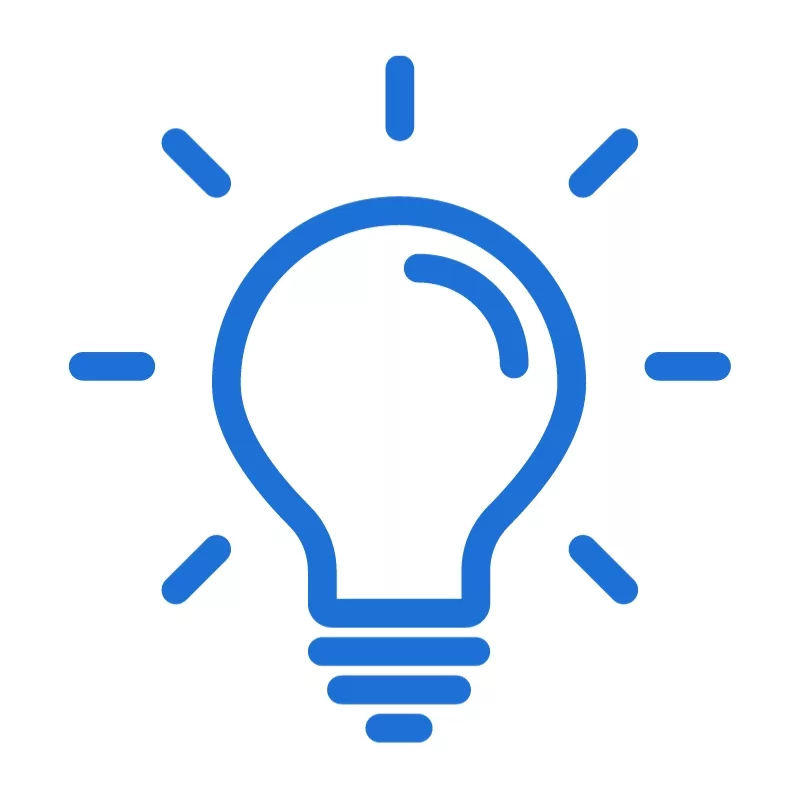
This is a low-voltage rectifier and not designed for use with the mains
To use this as a PSU, be sure to use a transformer to drop the voltage to between 9V and 12V